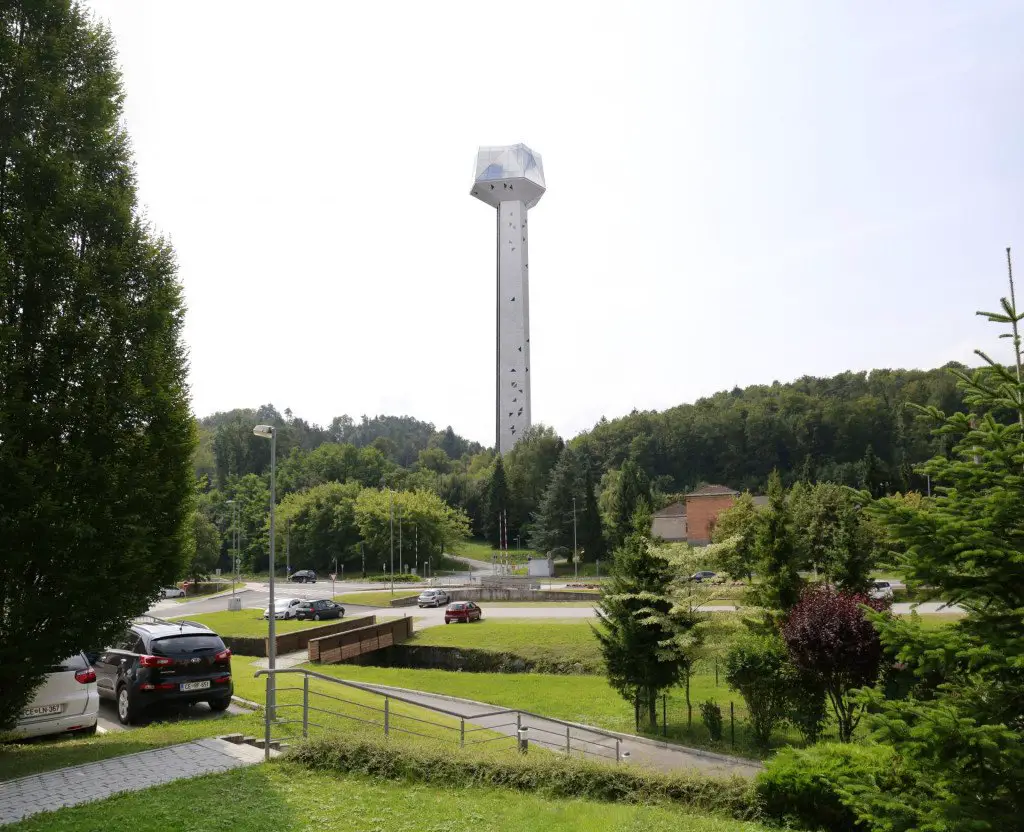Under a decree adopted by the government last night, most ski resorts in the country will be able to reopen since the vast majority of Slovenia's ski resorts are in the nine regions that have been moved to the red tier.
All skiers except children under 12 and professional athletes, their coaches and their staff will have to produce negative tests no older than 24 hours. "This is necessary if we want the present trends to continue," according to Infrastructure Minister Jernej Vrtovec.
Ski resort managers may set up testing on site or simply require skiers to produce negative a test performed in Slovenia. If the situation continues to improve, the test requirement may be waived in the future.
Major skiing centres, including Pohorje, Rogla and Kope, will have testing available on-site. The Vogel ski resort will organise testing in Bohinjska Bistrica.
"I'm glad we are reopening ski lifts and that ski resorts can start operating in an organised fashion," the minister said.
Ski lift operators too said they were happy to be able to welcome visitors again.
Marprom, the company operating the Pohorje centre, said virtually all ski lifts and gondolas would operate on Saturday, so skiing will be possible all the way to the valley. Free coronavirus testing will be available on site between 8am and noon.
In gondolas, surgical masks will be required and only two skiers who are not from the same household will be able to ride together. Ski lifts will be occupied at half capacity.
Skiers are also urged to buy tickets online or at Petrol stations to avoid queuing at the site.
At Kope, all ski lifts will operate and testing will be available between 7am and 10am.
Aleksandra Fiorelli from the company operating ski lifts at Vogel told the STA all ski slopes would be ready by Saturday although she does not expect many skiers given the gloomy weather forecast.
She said the resort would adhere to all safety measures to help improve the epidemiological situation. "I hope we'll make it, so we can stay open until the end of the season," she said, noting that the Vogel resort had been open for just 14 days this season.
Slovenian ski resorts were briefly open in mid-December, but some decided to not do so since the ban on intra-municipal travel meant only locals could ski.
Skiing was again banned just before Christmas before resuming for a week after New Year's.
Luka Vrančič from the Krvavec resort said he was sorry that skiers missed out on truly ideal winter conditions in the last few weeks. The resort will open on Saturday but because of the weather not all ski lifts will be operational.





